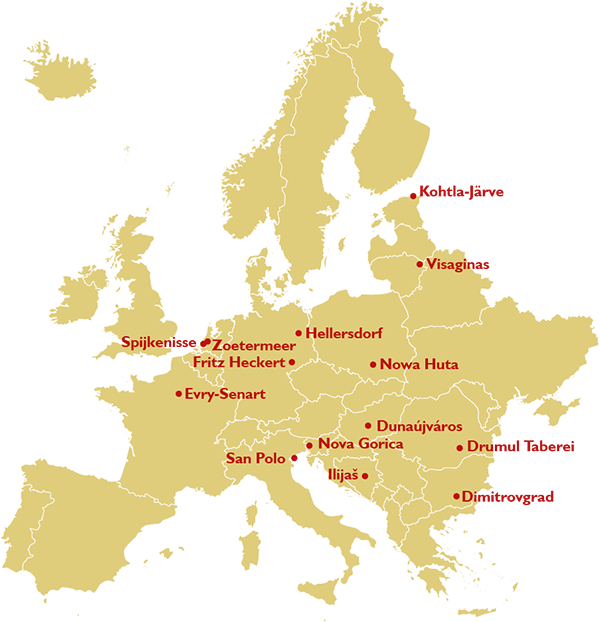Nestled on the outskirts of Sarajevo, Ilijaš has experienced multiple stages in its development. In the 19th century large industrial developments (Sawmill) were built, in 1939 a worker’s settlement was realised and in 1952 the largest development started with the establishment of the industrial complex (Ironworks). This final development was instigated by a series of People’s Committees. Ilijaš boasts a layered heritage from mediaeval to industrial times, intertwined with nature and socialist housing.
As time trickles by, Ilijaš is becoming a suburb of the ever-expanding Capital, Sarajevo. The New Town now celebrates its industrial past and vast green spaces which are integrated into each community. The low-density municipality (50-60 residents per square km) has 55% forest cover. The town of 20,000 people hopes to build its legacy of ecology through tourism. Sustainable urbanism is one of the priorities listed in the Municipal Development plan for the period 2021-2027 and focuses on reconstructing the towns infrastructure along with improving the riverbanks, quality of processed wastewater and most importantly regenerating the largest Brownfield zone, the Ilijaš Steel Mills.
Representative Organisation:
Municipality Ilijas
NK ICOMOS





